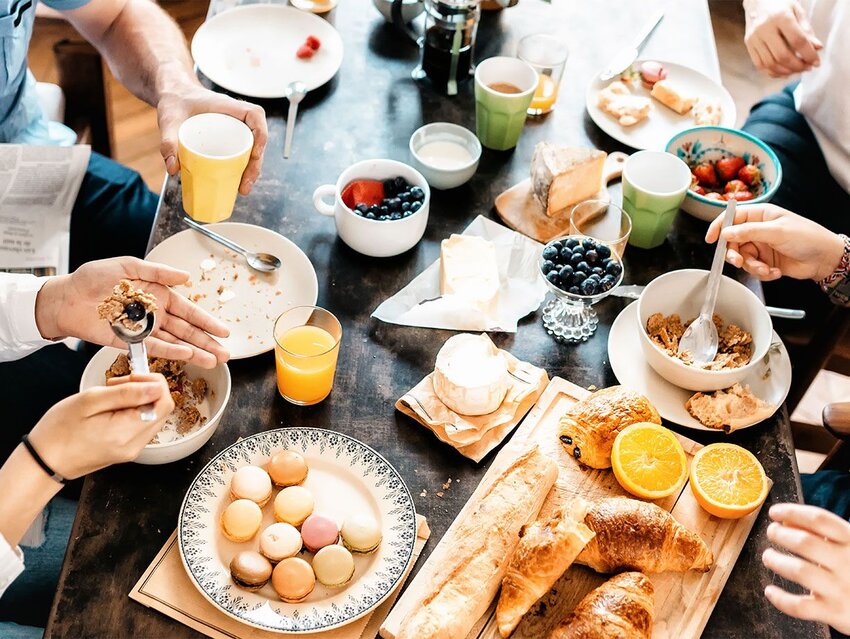Have you ever seen a worn path in the dirt that creates a shortcut between two sidewalks? This easier route is called "a path of desire." Whether it's relating to navigation or language, people have a tendency to seek shortcuts. As writers and speakers, if we can find a few characters to snip out, we tend to do so. Some of these linguistic shortcuts became so popular that they became part of the official English language. Here's how to use compound and blended words to mix up your everyday conversation.
Compound Words
A compound word involves taking two full words and making them one word — either by using a hyphen or no space in between. There are numerous ways to combine varying parts of speech:
- noun-noun (waistline)
- noun-verb (sunset)
- adjective-adjective (bittersweet)
- adjective-noun (blackberry)
- adjective-verb (highlight)
- verb-verb (stir-fry)
- verb-noun (workroom)
- verb-preposition (breakup)
- preposition-verb (outpace)
- preposition-preposition (into)
Compound words are typically understood based on the individual definitions of the combined words, but this isn't always the case. For example, a blackberry is quite literally a berry that is blackish in color. A breakup, however, is not a relationship that’s fragmented by an upwards motion. It’s a relationship that ends with two people separating.
Sometimes a noun can be modified by an adjective in a similar way to a compound word, but they have different meanings. A "bluebird" refers to a specific species of bird, whereas a "blue bird" is any bird that has blue coloring.
Blended Words
In many cases, the combination of two words in their entirety is unappealing. Maybe it’s too long, or too awkward to say, or just looks wrong. The sci-fi genre is rife with newly minted blended words. "Cybernetic organism" is a bit of a mouthful. "Cyborg" is not. Blended words occur when parts of two different words or even phrases are fused together to form a new word that almost always borrows the meaning of the two original words.
For example, a meal eaten between the typical hours of breakfast and lunch is known as "brunch." Instead of inviting someone out for a breakfast-lunch, there's a nice in-between word to call on. Just like compound words, there are a variety of ways to create blended words:
- noun-noun (brunch + lunch = brunch)
- noun-verb (Britain + exit = Brexit)
- adjective-adjective (hungry + angry = hangry)
- adjective-noun (hazardous + materials = hazmat)
- adjective-verb (electric + execute = electrocute)
- verb-verb (guess + estimate = guesstimate)
- verb-noun (parachute + trooper = paratrooper)
Blended words are also known as "portmanteaus." In popular culture, the term portmanteau is closely associated with celebrity couples when the names of a duo are combined, such as "Brangelina" (Brad Pitt and Angelina Jolie) or "Kimye" (Kim Kardashian West and Kanye West).
For those grammar sticklers who are hesitant to use a word before it appears in the dictionary, just wait. So many words that are now accepted members of the English language got their start as brand-new blended or compound words. Sometimes it takes a little time for the dictionary to catch up with common speech.
Photo credit: Wyron A/ Unsplash

